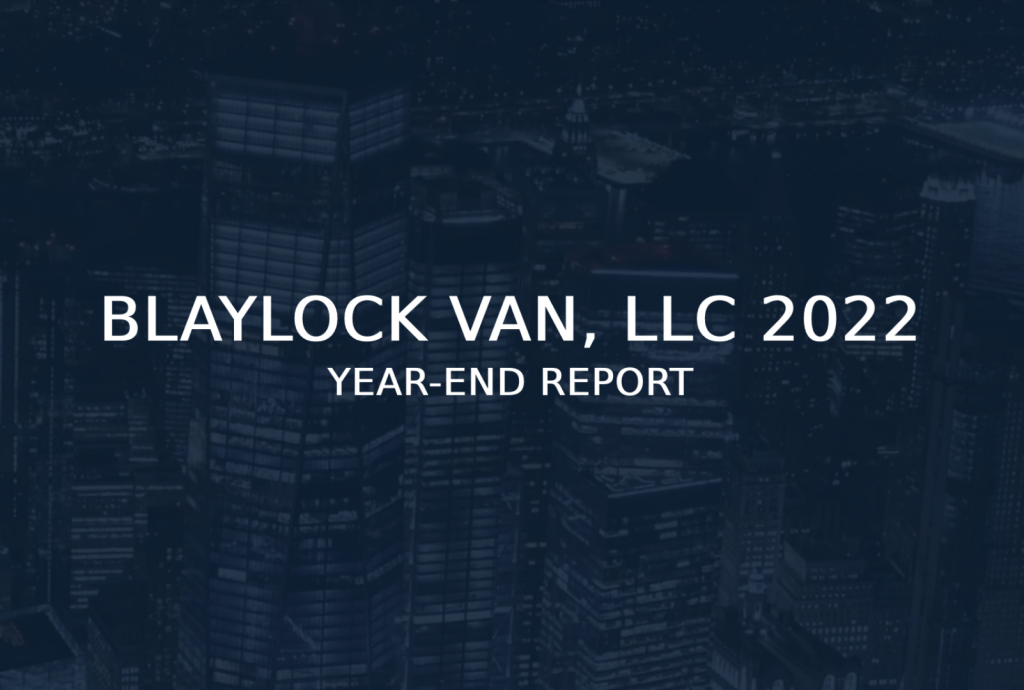Conversations of increasing diversity and inclusion often begin amongst lower-level workers, with those concerns being escalated to higher management. Generally, their supervisors will convene with internal human resource departments to decide whether or not they deem the issue pertinent enough to address.
More often than not, any changes made will directly affect those who had the courage to voice concern initially – the lower-level hourly and salaried employees. When diversity and inclusion initiatives are introduced into a corporation, they are very rarely applied to the upper-level C- suite and executive board positions. Consider these statistics when identifying whether or not your corporate board needs a diversity overhaul.
Only 23% of C-Suites Are Made up of Women
Women are notoriously underrepresented in corporate America, especially in higher-level positions. Across the board, women make up less than a quarter of all CEOs, according to a study related to diversity in the workplace. 1 The same study suggests that women CEOs make up only 4.1% of Fortune 500 businesses. 1
In fact, of all Fortune 500 CEOs, 5.3% are named John and 4.5% of them are named David. 2 Executives with these two first names alone make up more than double the representation of women in C-suite level positions. When you look at statistics such as these, it’s difficult not to notice the slight bias in executive placements.
Yet Only 4% of C-Suites Are Made up of Women of Color
If you thought the number of women in C-Suite positions was astounding, you may want to hold your chair for this one. Only 4% of all C-Suites are made up of women of color. 1 Compared to white women, men of color, and white men, women of color are the most underrepresented population in the workforce. When it comes to leadership, women of color are simply missing in the majority of these roles. Without diverse leaders, understanding why diversity and inclusion is missing from certain organizations is simple.
45% of Employees Believe Managers Have the Highest Potential
to Boost Diversity
With the conversation centered around diversity in the workplace becoming increasingly prevalent, many which roles can truly drive change within an organization. According to Glassdoor and its survey of employees, the answer here is managers. 45% of employees believe managers have the greatest opportunity to increase diversity that naturally flows through
the organization. 4 If you think about it, managers typically hire and mentor employees. Hiring and retaining capable, diverse talent will lead to employees who are naturally fit for leadership roles several years down the line.
Companies With Diverse Boards Noticed 43% Higher Profits
Including diverse individuals within your organization is beneficial to your overall workforce. There are several studies that prove that a diverse workforce generally leads to better group decision making in the long term. Diversity and inclusion initiatives are increasingly important to modern day job seekers.
However, did you know diverse boards also lead to significantly higher profits? According to a report completed by McKinsey, corporate boards and executive teams with diverse members experienced 43% and 33% higher profits, respectively. 5 Diverse upper- level roles and teams, especially those within larger firms, are better able to navigate through complex cultural and geographical contexts to drive profitability.
A 10% Increase in Racial and Ethnic Diversity on Senior
Executive Teams Leads to Increased EBIT
When it comes to increasing diversity and inclusion, many HR teams can feel overwhelmed by attempting to swiftly enact such an initiative. Truthfully, any amount of diversity goes a long way in creating a culture of inclusivity of the firm. As we learned in the previous statistic, diverse leadership does, in fact, lead to greater profits for the firm. However, many wonder how much diversity is necessary?
There is no concrete answer to this, but there is a bit of data to give you an idea. According to McKinsey studies, there is a clear linear relationship between racial and ethnic diversity and better financial performance – every 10% increase in diversity on the senior executive team causes earnings before interest and taxes (EBIT). 5 This proves that incremental increases in organizational diversity do affect the business substantially. If you are unsure where to begin, the senior executive team is not a bad place to start.
There is a severe need for diversity of both gender and racial identity in the corporate sphere, especially amongst leaders and higher-level executives. Enacting this change won’t take an immense amount of resources, but it will take consistent effort. Rest assured, the effort your company is able to allocate towards increasing diversity in upper-level management will be incredibly beneficial to several aspects of your business.
 Mr. Hough currently serves in a dual capacity with Blaylock Van as the Chief Operating Officer (COO) and a member of the Public Finance Team. Prior to rejoining Blaylock Van, Mr. Hough was CCO at IFS Securities and is the Founding Member of Taurus Compliance Consulting, LLC. Mr. Hough has also served as CEO of Jumpstart Securities (formerly FundAmerica Securities) as well as President and CEO of Capital & Credit International, Inc. Mr. Hough began his career at FINRA’s District 7 office.
Mr. Hough currently serves in a dual capacity with Blaylock Van as the Chief Operating Officer (COO) and a member of the Public Finance Team. Prior to rejoining Blaylock Van, Mr. Hough was CCO at IFS Securities and is the Founding Member of Taurus Compliance Consulting, LLC. Mr. Hough has also served as CEO of Jumpstart Securities (formerly FundAmerica Securities) as well as President and CEO of Capital & Credit International, Inc. Mr. Hough began his career at FINRA’s District 7 office.**Disclaimer**
This article was prepared exclusively for Blaylock Van, LLC. Links are solely intended for convenience and are not intended to be advertisement whatsoever. Linked sites are not under the control of Blaylock Van, LLC and Blaylock Van, LLC is not responsible for the content of any linked site or any link contained in this article. Blaylock Van, LLC does not endorse companies, or their products or services, to which it links. If you decide to access any of the third-party sites linked to this site or article, you do this entirely at your own risk. This document is confidential and has been prepared for informational purposes only. This document is not to be construed as a recommendation, an offer to sell or a solicitation of an offer to buy any securities. Any dissemination, distribution or reproduction of this document is strictly prohibited without the consent of Blaylock Van, LLC. The information herein is obtained from sources deemed reliable, but its accuracy and completeness cannot be guaranteed, and is subject to change without notice.
_______
Bibliography
1 LeanIn.Org and McKinsey & Company. 2020. Women in the Workplace 2020: A crisis is looming in corporate America. [online] Available at: https://womenintheworkplace.com
2 Nytimes.com. 2015. Fewer Women Run Big Companies Than Men Named John (Published 2015). [online] Available at: https://www.nytimes.com/2015/03/03/upshot/fewer-women-run-big-companies-than- men-named-john.html?_r=0
3 Petersen, B., 2016. The state of US workplace diversity in 14 statistics | ArchPoint Consulting. [online] ArchPoint Consulting. Available at: https://archpointgroup.com/the- state-of-us-workplace-diversity-in-14-statistics/
4 “What Job Seekers Really Think About Your Diversity and Inclusion Stats.” Glassdoor.com, November 14, 2014. https://www.glassdoor.com/employers/blog/diversity/?nabe=6392912005562368:1.
5 Bureau of Labor Statistics, A century of change: the U.S. labor force, 1950-2050 (Department of Labor, 2002), available at http://www.bls.gov/opub/mlr/2002/05/art2full.pdf




